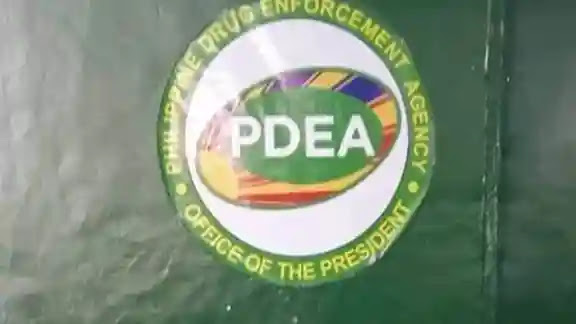 |
| PDEA steps up the anti-drug campaign in Tacloban City. With 127 drug-cleared barangays, the agency works to make the city a drug-free area while still facing challenges. Photo: PDEA |
TACLOBAN CITY – The Philippine Drug Enforcement Agency (PDEA) in Tacloban City has stepped up its efforts to combat illegal drugs through its "Demand Reduction" and "Supply Reduction" initiatives to continue its quest to make the city a drug-cleared area.
According to Novemar H. Pinanonang, Investigation Agent III and Officer-in-charge of PDEA, there are 127 drug-cleared barangays and 11 drug-free barangays in Tacloban City. However, there are still six hot-spot areas in the city where illegal drugs are rampant. The agency has not disclosed the locations of these areas to avoid affecting the ongoing validation and surveillance activities.
The agency has observed a resurgence in illegal drug activities in some city areas. Despite this setback, PDEA has already conducted three anti-drug operations in the first quarter of the year, resulting in the seizure of over P500,000 worth of illegal drugs.
To support their campaign, the agency works closely with local government units and Barangay Anti-Drug Abuse Councils (BADAC) to implement community-based anti-illegal drug advocacy activities, including symposiums and capacity-building activities.
Pinanonang clarified what it means to be declared "drug-cleared" in Tacloban City since 2017. This means there are no more drug dens, pushers/users, and illegal drug laboratories in the area.
Barangay officials are actively participating in anti-drug activities. There are voluntary and compulsory drug treatment and rehabilitation processing desks in the city, among other conditions under Dangerous Drug Board Resolution 3, series of 2017.
The agency is urging the public to support its campaign against illegal drugs and to cooperate with its office, which is located at the Tacloban City Convention Center. They assured the public that all information shared with them would be kept confidential. —iTacloban (Source: CIO)
